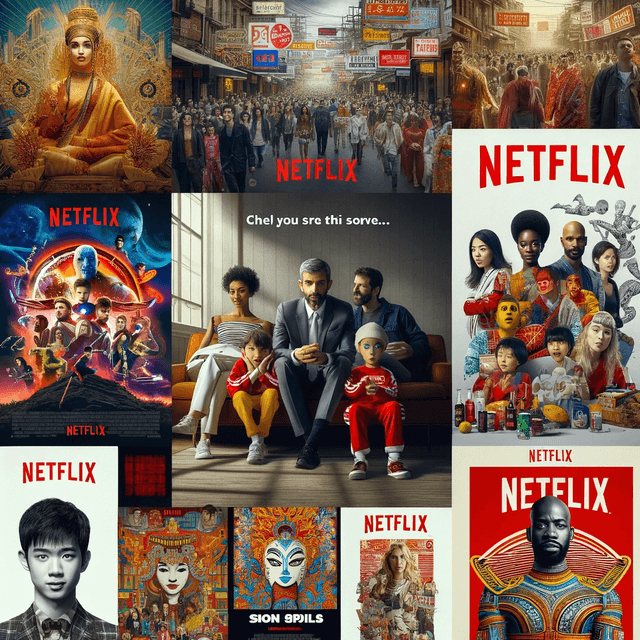
Navigating Global Streams: The Netflix Localization Strategy
Successful Adaptations
Netflix’s journey from a DVD rental service to a global streaming titan is a tale of strategic localization and cultural adaptation. With operations spanning over 190 countries, the platform has mastered the art of curating content for diverse audiences, ensuring that its content accommodates every user’s taste.
Understanding Regional Preferences
Netflix’s localization strategy goes beyond mere translation. The platform meticulously crafts region-specific content, reflecting local tastes and cultural nuances. For instance, in India, Netflix has produced original series like "Sacred Games" and "Delhi Crime," which delve into themes and narratives unique to the country. In Japan, Netflix has invested in anime, a beloved genre, with titles like "Aggretsuko" and "Devilman Crybaby." By understanding and catering to regional preferences, Netflix creates content that resonates deeply with local audiences, fostering a sense of connection and relevance.
Adaptation of Marketing Strategies
Netflix’s marketing strategy is equally adaptive, tailoring campaigns to the unique cultural and linguistic contexts of each region. In Mexico, Netflix’s promotional materials for "Narcos: Mexico" featured culturally resonant elements, while in South Korea, campaigns for "Kingdom" were designed to appeal to local tastes in historical drama and horror. Netflix’s ability to speak the language of its audience, both literally and figuratively, creates a personalized feel that enhances viewer engagement and loyalty.
A key aspect of Netflix’s strategy is its vast trove of data, which guides decisions on content production and acquisition. By analyzing viewing habits and preferences, Netflix can identify trends and tailor its offerings accordingly. For example, data indicated a growing interest in Spanish-language content, leading to the production of series like "La Casa de Papel" (Money Heist), which became a global success. This data-driven approach ensures that Netflix’s content library remains relevant and appealing across different regions.
Challenges Along the Way
Netflix’s expansion has not been without challenges. The company has faced regulatory compliance issues, censorship in countries like China and Saudi Arabia, limited high-speed internet access in parts of Latin America, and the need to adapt to unfamiliar local payment systems. In response, Netflix has employed innovative solutions, such as creating mobile-only subscription plans for markets with lower internet bandwidth and partnering with local telecom providers to offer seamless payment options. These strategies have enabled Netflix to navigate regulatory roadblocks and cultural barriers effectively.
Conclusion
In summary, Netflix’s success as a global streaming service lies in its ability of strategic localization and adaptation to each target market’s requirements. By crafting region-specific content, tailoring marketing campaigns, utilizing data-driven decisions, and overcoming global challenges, Netflix has managed to create a personalized and engaging experience for its diverse audience. This commitment to understanding and respecting local nuances serves as a powerful lesson for businesses aiming for international success.